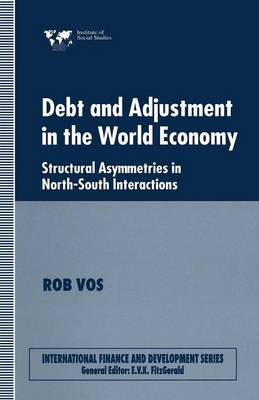International Finance and Development
2 total works
The dismal experience of many developing countries with the use of large inflows of commercial bank loans and official development assistance in the 1970s and 1980s has manifested the continuous external vulnerability of their economies. This study provides a rigorous theoretical and empirical analysis of the international aspects of development finance, Credit-rationing rules set by bank managers and donor governments, together with uncoordinated macroeconomic policies in the industrialized world, tend to create unstable and inadequate external financing conditions for the developing world. This study not only makes overly clear that a global framework is needed to assess the contribution of external financial resources for development, it provides one as well.
The central argument of this study is that the segmented and oligopolistic financial and commodity markets, large income inequalities, and diverging accumulation behaviour of public and private sector agents are the structural and institutional features underlying the persistent macroeconomic imbalances. These factors also explain why, despite the similarity in initial economic structure and economic policies, the Philippines was systematically outperformed by many of its East Asian neighbours. Several quantitative techniques are applied including a Macroeconomic Social Accounting Framework and Computable General Equilibrium modelling. This provides an integrated and robust framework for policy analysis that is absent in other studies.

